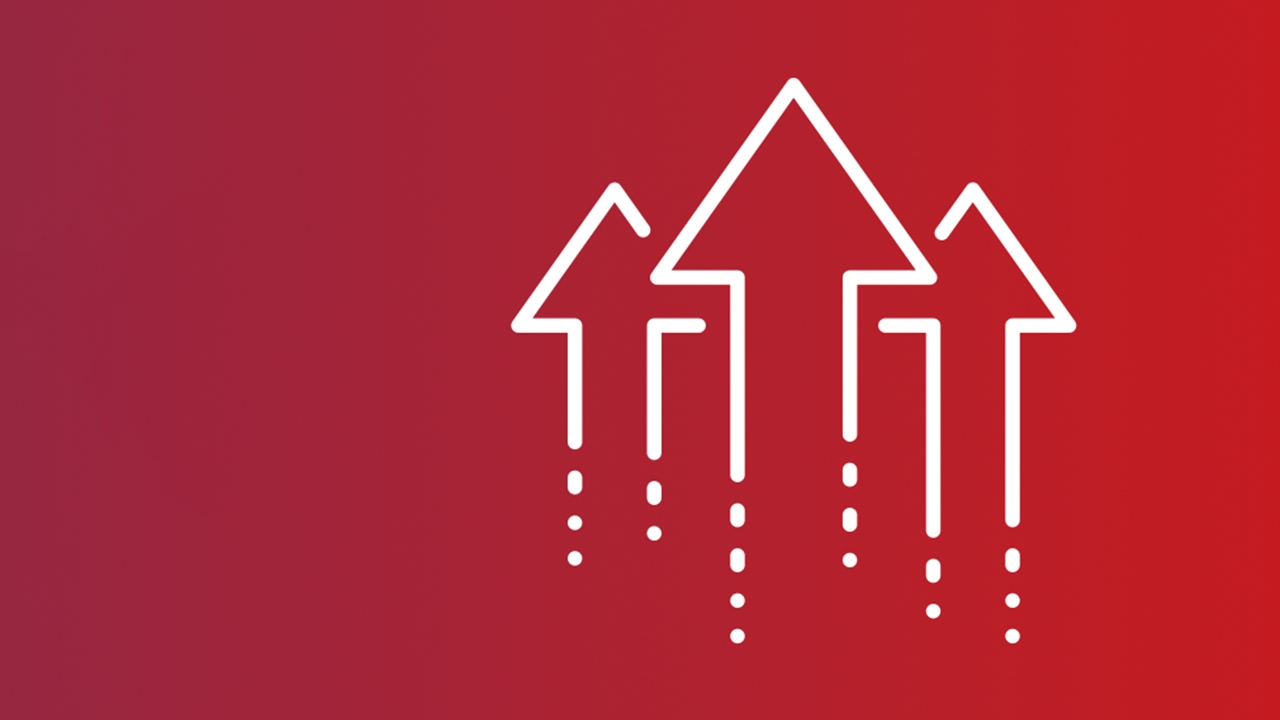Digital press partnership tackles workflow challenges
Alon Bar-Shany, GM of HP Indigo, and Esko president Udo Panenka discuss with Andy Thomas the development of the two companies’ partnership and its implications for the future of digital – and conventional – print

HP Indigo and Esko have embarked on an ambitious program of co-operation and joint development which will see a new range of capabilities and integration brought to the HP Indigo digital press series for label and packaging converters.
The two companies have been partners for the past ten years, with Esko software powering the original digital front end (DFE) for the HP Indigo ws4000 and WS6000 series presses. But this new partnership takes the integration of the two companies’ technology to a new level.
The first fruits of the enhanced partnership are two complementary products: the HP Indigo Production Pro DFE for Labels and Packaging; and the Esko Automation Engine QuickStart for Labels, for which HP Indigo is now a reseller.
‘We have been working together for a long time and we have a great relationship,’ says Alon Bar-Shany, general manager of HP’s Indigo Division. ‘Each of us has strengths and can bring value, but we can’t do everything by ourselves.’
Bar-Shany notes that Esko has a strong reach into the entire packaging supply chain from converters to premedia to brands, while HP Indigo brings experience from the converter/press user side.
‘We were going into the Pack Ready world, providing our PSPs with the tools to digitally print any kind of label or package. We also had the Mosaic (randomized print software) tools. At the same time, Esko was looking towards connecting packaging suppliers with the brands, and towards automation,’ says Bar Shany.
‘Integrating Esko’s Color Engine into our DFE gives users of our Indigo press the best of both worlds – world class color management and a more powerful RIP, all integrated transparently into Esko’s (Automation Engine QuickStart for Labels) workflow solution.’
Fragmented market
Udo Panenka, president of Esko, confirms that Esko’s perspective was to help brands meet the challenges of a rapidly fragmenting retail market place: ‘The larger consumer brands struggle to grow – they need to create innovative products much faster, and not get disrupted by new and more agile players using customization and personalization to enter established markets. Some of the larger players can take up to 200 days to make a label change.
‘Our partnership with HP Indigo is about solving this problem. HP is the leader in the field of digital presses and we are helping to leverage this technology. How do we help converters and brands manage shorter run lengths and turnaround time?’
One way this is achieved is to pre-flight files based on pre-set color tolerances.
Esko Color Engine analyzes the artwork and determines the best color space and ink separations to print the job at the right quality and with the fewest number of clicks.
Esko Automation Engine QuickStart for Labels integrates simplified, pre-configured workflows directly into the HP Indigo press DFE.
‘In the past it would have taken between 20-30 days to implement this technology at the PSP, depending on the level of expertise of the pre-press operator,’ says Panenka. ‘Today, with pre-configured workflows, it takes less than five days and customers will get a best in class workflow’.
RIP power
On the other end of the workflow, the new high-powered (five times faster) RIP is provided by HP Indigo.
Developed by Global Graphics and launched at Labelexpo Europe, the RIP draws on HP Indigo’s experience in the commercial print market, as Bar-Shany explains: ‘We have a lot of experience on large commercial printing sites which need to handle lots of jobs a day and drive multiple presses. Their focus is on efficient workflow and data throughput.’
He cites Shutterfly, the world’s leading online retailer and manufacturer of high-quality personalized products and services, which last year added a second batch of HP Indigo 12000 digital presses and named HP as its preferred digital press provider.
‘Our DFE helped Shutterfly leverage its multi-press business, with a unified DFE stack driving multiple presses for the highest level of security. They are able to repeat a job two months later on a different press, managed automatically, and the color will be the same.'
This same RIP will now be driving all the HP Indigo fleet – commercial sheet-fed and labels to begin with, and soon the 20000 and 30000 as well.
‘This also makes sense because more of our customers are now doing both commercial print and packaging,’ notes Bar-Shany.
‘Label customers are getting into flexible packaging or sleeves or in-mold labels. Commercial printers are getting into cartons and some into labels. Users of the HP Indigo 20000 and Indigo 30000 presses and digital label converters are forming alliances, going to brands and offering any products they want.‘
Panenka agrees: ‘This mix of services is getting bigger. We see in particular labels and flexible packaging being produced at the same time. And most PSPs are mixed houses, with both digital and conventional presses, and want to achieve the same results on both. So how do we make sure the output is consistent in all these cases?’
Extended gamut
Panenka believes the key lies in extended gamut (ECG) printing and digital specification of color.
‘Digital print has been a real game changer here because it does not use spot inks. So brands who bought digital print had to accept CMYK – later CMYK+OGV – as a substitute for reproducing their brand colors with spot inks. They were happy to do this providing it was to a specific DeltaE tolerance.
‘Now ECG inks are available for (flexo and offset) conventional print processes, they can work in the same way and to the same tolerances as digital. This means brands can design ‘for digital’ whether the image is eventually printed on a conventional press using ECG, or a digital press. Our software will match colors in both cases.’
Panenka believes there is still work to do educating brands on the potential benefits of ECG.
Collaborative workflow
Both Bar-Shany and Panenka see their new collaborative workflow as helping converters, premedia and brands work in partnership to drive down product cycle times, so a lead time of three-to-four weeks can be reduced to few days if all work processes are optimized.
‘This allows all players in the supply chain to optimize their working capital,’ says Bar-Shany. ‘So we move away from a situation where a job takes one hour to print but two weeks to flow through to the press.’
Bar-Shany highlights the administrative challenges involved, and so the need to integrate the press DFE into wider on-line workflows.
‘Once again, we can learn from the commercial print sector,’ he says. ‘If you’re printing multiple jobs a day you need to find new ways of managing your shop. You need to know – online – how many jobs have been printed, how many are left to print and what happens to those jobs beyond print. We see an increasing use of our cloud-based HP PrintOS for exactly this reason. Production managers using mobile devices know the status of all jobs and the shift manager can manage the entire press fleet remotely. And all this is integrated with MIS, which is constantly analyzing and updating job costs, delivery schedules and press scheduling.’
Esko has already made big strides in this direction, having deeply integrated its label workflows with Cerm in particular but also other vendors, as demonstrated at the last Labelexpo Europe.
Panenka says Esko is already seeing more ‘dynamic collaboration’ between PSPs and brands using the company’s WebCenter remote viewing and approval software. ‘It is simply a faster way of handling job changes and approval.’
Panenka says that label converters who install digital presses tend to insource pre-press, and this is the gateway to adopting exactly the kind of simplified and automated workflows embodied in Esko’s Automation Engine QuickStart for Labels.
Color in the cloud
Panenka sees cloud-based color management as another key tool for automated workflows.
‘For me a tipping point is that AVT is now part of our group of companies along with Pantone and X-Rite. Now we are looking with AVT and Indigo at inline print inspection which also looks at cloud-based color measurement.
He concedes that up to now there has been a slow take-up of the PantoneLive cloud-based color management system.
‘But now brands have a lot more interest in specifying and communicating color “digitally” for multiple substrates. And more brands are saying they want to see quality reports from each print run. Some of these brands want an automatic color report at the beginning, during and at the end of the print run. Many large CPG brands have already adopted print quality reporting capabilities across their supply chain with solutions such as X-Rite’s ColorCert. Inadequate color management is the cause of a big proportion of the waste we see. Two years down the line I think it will look different, likely with further brand adoption with better integrated and more elements in this reporting.’
What developments can we expect next? The key for Panenka is connecting packaging with e-commerce workflows. ‘Connecting brands’ eco-systems with converters and premedia and developing the packaging software tools to overcome their challenges is where Esko is moving.’
Stay up to date
Subscribe to the free Label News newsletter and receive the latest content every week. We'll never share your email address.


